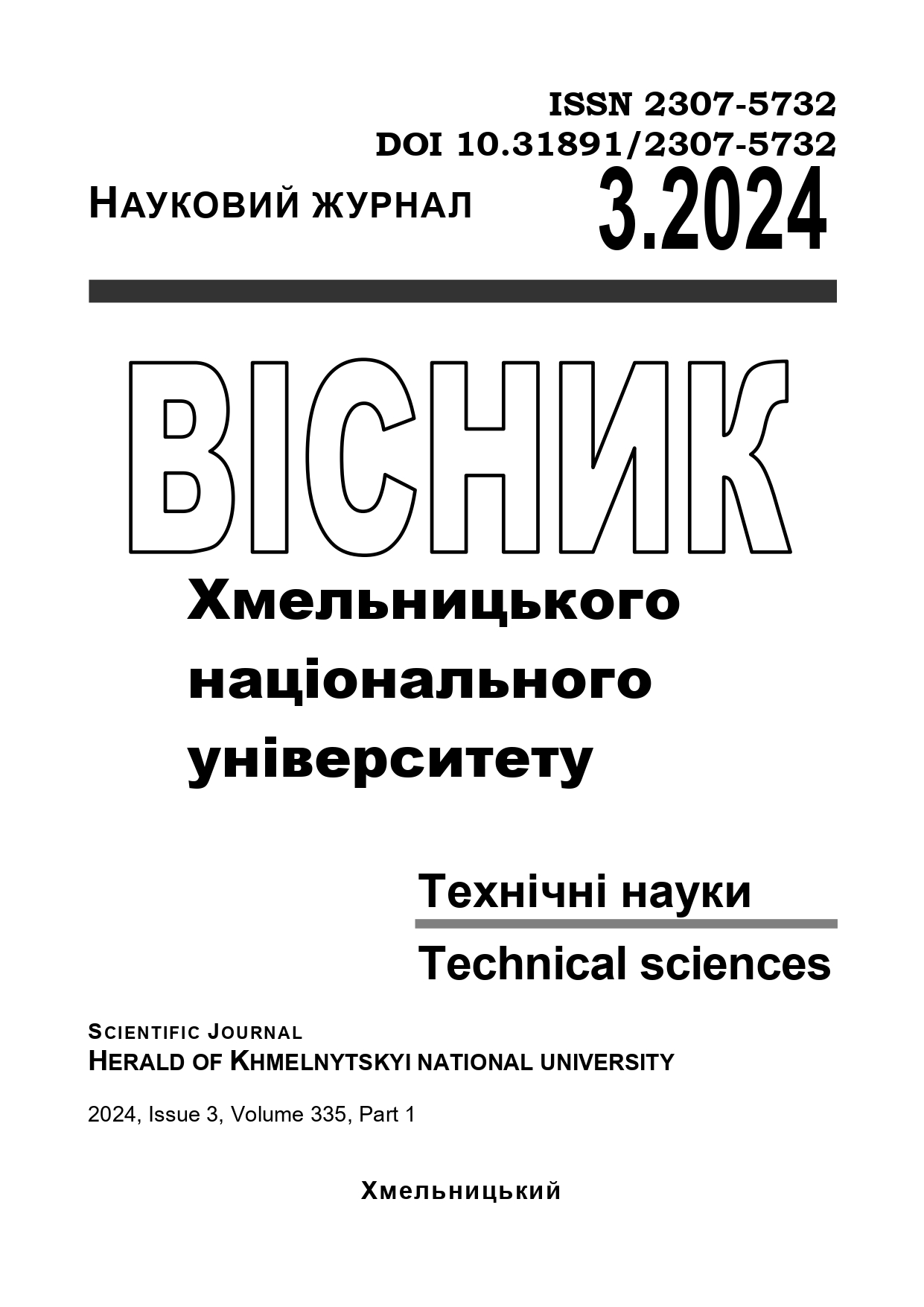CONCEPTUAL FOUNDATIONS OF MODELING CONTENT IN INTELLIGENT SYSTEMS
DOI:
https://doi.org/10.31891/2307-5732-2024-335-3-35Keywords:
constraints, errors, evaluations, knowledge, technological problems, domain comparators, conclusions, reasoning, logical programmingAbstract
This article is dedicated to exploring methodologies for constraint satisfaction as a way of forming the content of intelligent systems, utilizing fuzzy constraints theory and its applications in intelligent systems. It discusses the implementation of formal meta-structures for expressing preferences, hierarchies of constraints, and their use for optimizing decision-making. The authors analyze various approaches to constraint-based search tasks, including narrowing, searching, and synthesis methods, and focus on the role of abductive reasoning in logical programming for data extraction and problem-solving based on constraints. The article also discusses the use of inductive and abductive logical programming to enhance algorithm efficiency and their potential applications in real-world technological tasks. The obtained formal extension preserves classic definitions for labels, sizes, graph interpretations, solution spaces, and assignments. A new interpretation of the processes of satisfying and violating constraints, partial constraint satisfaction in terms of managing the problem-solving process in search tasks by highlighting sets of errors (unsatisfied constraints), which allows for the identification of erroneous knowledge and actions by the operator of the technological process, is outlined. Accordingly, the search for a solution is considered in the form of information retrieval tasks based on the number of solutions, which are divided into under-constrained and over-constrained. The formulation of the search task as a strategy of an automated intelligent system at the level of the operator's knowledge, which can be correspondingly strengthened or weakened, is provided. An interpretation of technological tasks based on the method of controlling the set of violated and satisfying constraints, which allows assigning an evaluative value to each constraint, setting general preferences of constraints, is proposed. The concept of an ordered set for a set of evaluations is introduced, allowing the description of levels of violation and satisfaction of constraints, as well as the method of constructing an evaluation structure, which determines the dependency of evaluative values on sets of violated and satisfying constraints at the level of sets, systems, and hierarchies of imposed constraints.

